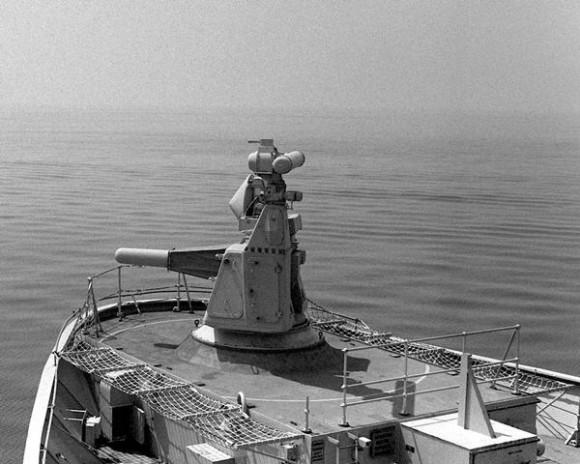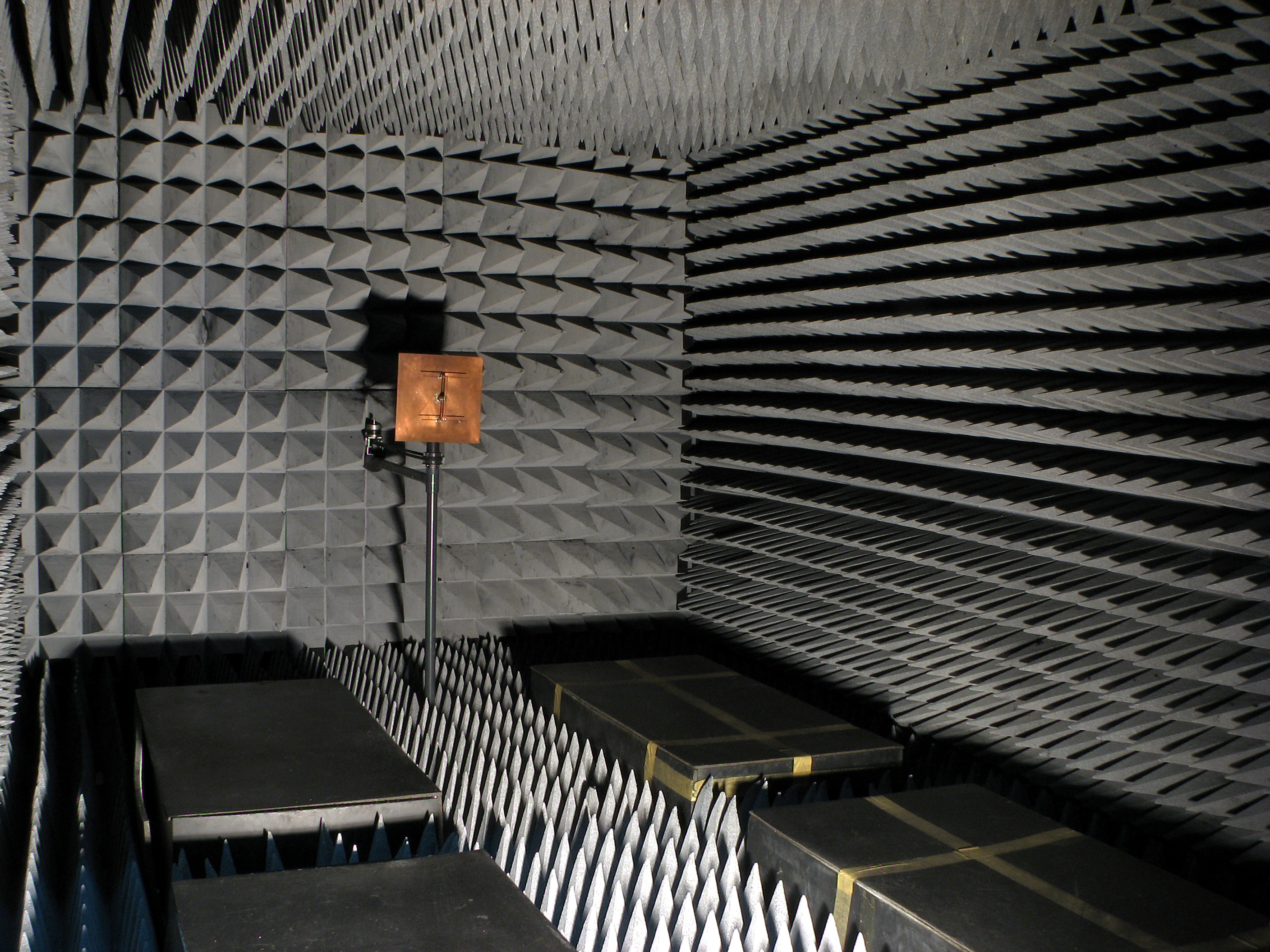|
Adhafer-class Corvette
The ''Adhafer''-class corvette is a type of stealth corvette belonging to the Algerian Navy. They are built in China by China State Shipbuilding Corporation CSSC in its Hudong-Zhonghua shipyard in Shanghai. The ship is long and wide and has a standard displacement of 2,880 tons. Three ''Adhafer''-class ships were commissioned, with an option for three others of the same type. The first unit was launched on 15 August 2014 and commissioned in November 2015. The second and third were both commissioned in 2016. Design The displacement of the ''Adhafer''-class corvette is about 2,880 tons standard and 3,000 tons full load. The propulsion system consists of four MTU diesel engines. The ship features a "low point" design and combines this with radar absorbing paint to reduce radar signature. In a departure from existing designs, there is no funnel stack. Instead, the diesels exhaust near the waterline to minimise infrared signatures. Top speed is expected to be around . The hu ... [...More Info...] [...Related Items...] OR: [Wikipedia] [Google] [Baidu] |
CSSC
The China State Shipbuilding Corporation (CSSC) is a Chinese shipbuilding conglomerate. Description CSSC is one of the top 10 defence groups in China. It consists of various shipyards, equipment manufacturers, research institutes and shipbuilding-related companies that build both civilian and military ships. It owns some of the most well known shipbuilders in China, such as Dalian Shipbuilding Industry Company, Jiangnan Shipyard, Hudong–Zhonghua Shipbuilding, Guangzhou Huangpu Shipbuilding and Guangzhou Wenchong Shipyard. Its subsidiary, China CSSC Holdings Limited (), is listed on the Shanghai Stock Exchange, and in turn owns other subsidiaries including Shanghai Waigaoqiao Shipbuilding. History Early developments In 1964, the Sixth Ministry of Machine Building was createdCollins and Grubb, pg. 6 to oversee China's shipbuilding enterprises, which were predominantly engaged in military work.Medeiros et al., pg. 113 In July 1982,Collins and Grubb, pg. 7 as part of de ... [...More Info...] [...Related Items...] OR: [Wikipedia] [Google] [Baidu] |
Corvette
A corvette is a small warship. It is traditionally the smallest class of vessel considered to be a proper (or " rated") warship. The warship class above the corvette is that of the frigate, while the class below was historically that of the sloop-of-war. The modern roles that a corvette fulfills include coastal patrol craft, missile boat and fast attack craft. These corvettes are typically between 500 tons and 2,000 .although recent designs may approach 3,000 tons, having size and capabilities that overlap with smaller frigates. However unlike contemporary frigates, a modern corvette does not have sufficient endurance and seaworthiness for long voyages. The word "corvette" is first found in Middle French, a diminutive of the Dutch word ''corf'', meaning a "basket", from the Latin ''corbis''. The rank " corvette captain", equivalent in many navies to " lieutenant commander", derives from the name of this type of ship. The rank is the most junior of three "captain" ranks in s ... [...More Info...] [...Related Items...] OR: [Wikipedia] [Google] [Baidu] |
Thales Nederland
Thales Nederland B.V. (formerly Hollandse Signaalapparaten B.V. or in short Signaal) is a subsidiary of the French multinational company Thales Group based in the Netherlands. The firm was founded as ''NV Hazemeyer's Fabriek van Signaalapparaten'' during 1922 by Hazemeyer and Siemens & Halske to produce naval fire-control systems. During the Second World War, the company's factory was captured and pillaged by the German Army; shortly after the conflict's end, the remaining assets were nationalised by the Dutch government, the company being renamed ''N.V. Hollandsche Signaalapparaten'' (or ''Signaal'' for short). During 1956, the Netherlands-based electronics company Philips became the majority owner of Signaal after buying a large portion of the shares from the government. The firm expanded throughout much the Cold War period, producing various naval electronics and defense systems for a range of customers around the world. During 1990, the French electronics and defence contr ... [...More Info...] [...Related Items...] OR: [Wikipedia] [Google] [Baidu] |
Anti-submarine Warfare
Anti-submarine warfare (ASW, or in older form A/S) is a branch of underwater warfare that uses surface warships, aircraft, submarines, or other platforms, to find, track, and deter, damage, or destroy enemy submarines. Such operations are typically carried out to protect friendly shipping and coastal facilities from submarine attacks and to overcome blockades. Successful ASW operations typically involved a combination of sensor and weapon technologies, along with effective deployment strategies and sufficiently trained personnel. Typically, sophisticated sonar equipment is used for first detecting, then classifying, locating, and tracking a target submarine. Sensors are therefore a key element of ASW. Common weapons for attacking submarines include torpedoes and naval mines, which can both be launched from an array of air, surface, and underwater platforms. ASW capabilities are often considered of significant strategic importance, particularly following provocative instances ... [...More Info...] [...Related Items...] OR: [Wikipedia] [Google] [Baidu] |
Thales Group
Thales Group () is a French multinational company that designs, develops and manufactures electrical systems as well as devices and equipment for the aerospace, defence, transportation and security sectors. The company is headquartered in Paris' business district, La Défense, and its stock is listed on the Euronext Paris. Having been known as Thomson-CSF since its foundation in 1968, the company was rebranded ''Thales'' (named after the Greek philosopher Thales and pronounced , reflecting its pronunciation in French) in December 2000. A communication audit, launched in spring that year, highlighted Thomson-CSF's image deficit, particularly among the young French graduates it was seeking to recruit. The wish to liven up its image as well as the expansion of its business worldwide were cited among the reasons for the change. Thales is partially owned by the French State and operates in more than 56 countries. It had 80,000 employees and generated €18.4 billion in revenues ... [...More Info...] [...Related Items...] OR: [Wikipedia] [Google] [Baidu] |
Bilge Keels
A bilge keel is a nautical device used to reduce a ship's tendency to roll. Bilge keels are employed in pairs (one for each side of the ship). A ship may have more than one bilge keel per side, but this is rare. Bilge keels increase hydrodynamic resistance to rolling, making the ship roll less. Bilge keels are passive stability systems. On commercial shipping the bilge keel is in the form of a strake, or small keel or blister, running along much of the length of the hull. They are typically fitted one on each side, low down on the side of the hull, so as not to increase the draft of the vessel. In battleships they were often quite large and used as part of the torpedo protection system. A bilge keel is often in a "V" shape, welded along the length of the ship at the turn of the bilge. Although not as effective as stabilizing fins, bilge keels have a major advantage in their low impact on internal ship arrangements. Unlike fins, bilge keels do not have any components inside ... [...More Info...] [...Related Items...] OR: [Wikipedia] [Google] [Baidu] |
Stabilizer (ship)
Ship stabilizers (or stabilisers) are fins or rotors mounted beneath the waterline and emerging laterally from the hull to reduce a ship's roll due to wind or waves. ''Active fins'' are controlled by a gyroscopic control system. When the gyroscope senses the ship roll, it changes the fins' angle of attack so that the forward motion of the ship exerts force to counteract the roll. ''Fixed fins'' and bilge keels do not move; they reduce roll by hydrodynamic drag exerted when the ship rolls. Stabilizers are mostly used on ocean-going ships. Function Fins work by producing lift or downforce when the vessel is in motion. The lift produced by the fins should work against the roll moment of the vessel. To accomplish this, two wings, each installed underwater on either side of the ship, are used. Stabilizers can be: *Retractable - All medium and large cruise and ferry ships have the ability to retract the fins into a space inside the hull in order to avoid extra fuel consumption ... [...More Info...] [...Related Items...] OR: [Wikipedia] [Google] [Baidu] |
Infrared Signature
Infrared signature, as used by defense scientists and the military, is the appearance of objects to infrared sensors. An infrared signature depends on many factors, including the shape and size of the object, temperature, and emissivity, reflection of external sources (earthshine, sunshine, skyshine) from the object's surface, the background against which it is viewed and the waveband of the detecting sensor. As such there is no all-encompassing definition of infrared signature nor any trivial means of measuring it. For example, the infrared signature of a truck viewed against a field will vary significantly with changing weather, time of day and engine loading. Two fairly successful examples of defining the infrared signature of an object are the apparent temperature difference at the sensor and the contrast radiant intensity (CRI) definitions. Apparent temperature difference The apparent temperature difference method of defining infrared signature gives the physical temperat ... [...More Info...] [...Related Items...] OR: [Wikipedia] [Google] [Baidu] |
Funnel (ship)
A funnel is the smokestack or chimney on a ship used to expel boiler steam and smoke or engine exhaust. They are also commonly referred to as stacks. Purpose The primary purpose of a ship's funnel(s) is to lift the exhaust gases clear of the deck, in order not to foul the ship's structure or decks, and to avoid impairing the ability of the crew to carry out their duties. In steam ships the funnels also served to help induce a convection draught through the boilers. Design Since the introduction of steam-power to ships in the 19th century, the funnel has been a distinctive feature of the silhouette of a vessel, and used for recognition purposes. Funnel area The required funnel cross-sectional area is determined by the volume of exhaust gases produced by the propulsion plant. Often this area is too great for a single funnel. Early steam vessels needed multiple funnels ( had 5 when launched), but as efficiency increased new machinery needed fewer funnels. Merchant ships ... [...More Info...] [...Related Items...] OR: [Wikipedia] [Google] [Baidu] |
Radar-absorbent Material
In materials science, radiation-absorbent material, usually known as RAM, is a material which has been specially designed and shaped to absorb incident RF radiation (also known as non-ionising radiation), as effectively as possible, from as many incident directions as possible. The more effective the RAM, the lower the resulting level of reflected RF radiation. Many measurements in electromagnetic compatibility (EMC) and antenna radiation patterns require that spurious signals arising from the test setup, including reflections, are negligible to avoid the risk of causing measurement errors and ambiguities. Introduction One of the most effective types of RAM comprises arrays of pyramid shaped pieces, each of which is constructed from a suitably lossy material. To work effectively, all internal surfaces of the anechoic chamber must be entirely covered with RAM. Sections of RAM may be temporarily removed to install equipment but they must be replaced before performing any tests ... [...More Info...] [...Related Items...] OR: [Wikipedia] [Google] [Baidu] |
MTU Friedrichshafen
MTU Friedrichshafen GmbH is a German manufacturer of commercial internal combustion engines founded by Wilhelm Maybach and his son Karl Maybach in 1909. Wilhelm Maybach was the technical director of Daimler-Motoren-Gesellschaft (DMG), a predecessor company of the German multinational automotive corporation Daimler AG, until he left in 1907. On 23 March 1909, he founded the new company, Luftfahrzeug-Motorenbau GmbH (Aircraft Engine Manufacturing Corp), with his son Karl Maybach as director. A few years later the company was renamed to Maybach-Motorenbau GmbH (Maybach Engine Manufacturing Corp), which originally developed and manufactured diesel and petrol engines for Zeppelins, and then railcars. The Maybach Mb.IVa was used in aircraft and airships of World War I. The company first built an experimental car in 1919, with the first production model introduced two years later at the Berlin Motor Show. Between 1921 and 1940, the company produced various classic opulent vehicles. ... [...More Info...] [...Related Items...] OR: [Wikipedia] [Google] [Baidu] |
.jpg)



.jpg)
